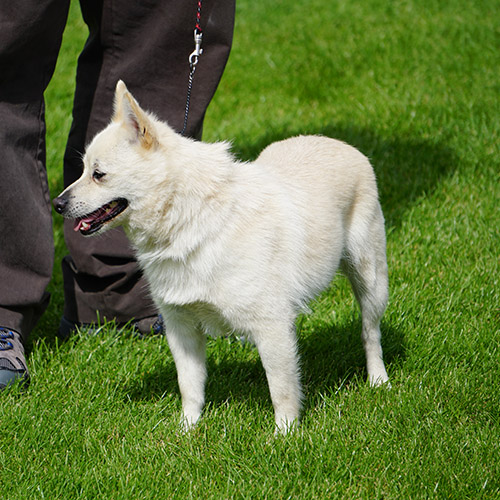
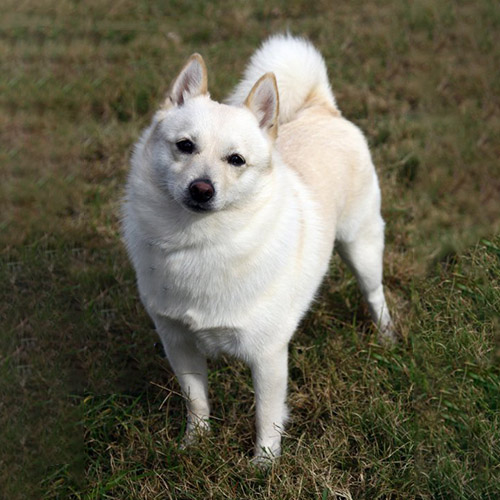
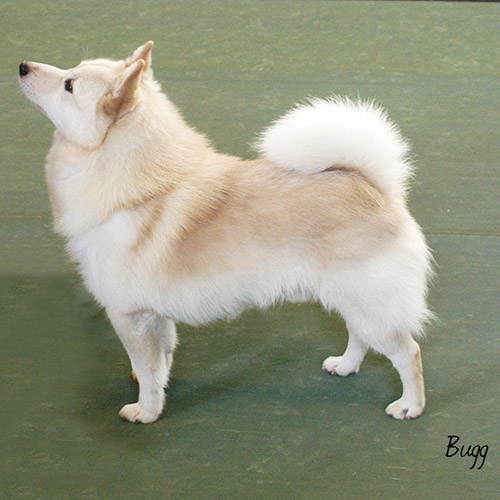
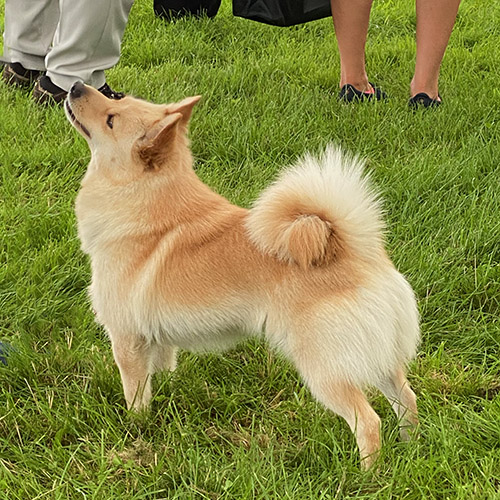
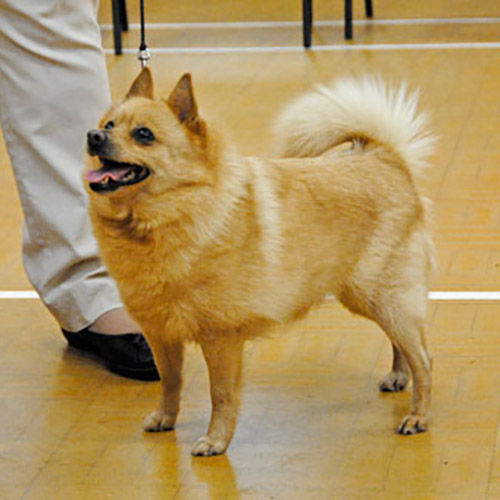
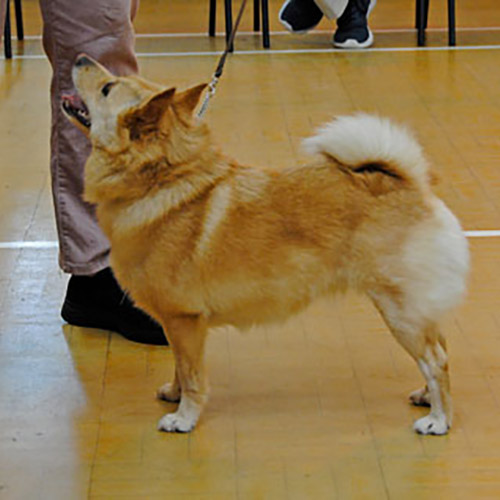
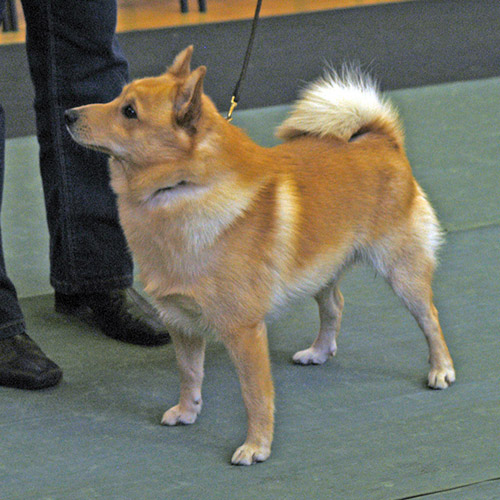
© the Kennel Club – Unauthorised Reproduction of Text and Images Prohibited
A Breed Standard is the guideline which describes the ideal characteristics, temperament and appearance of a breed and ensures that the breed is fit for function. Absolute soundness is essential. Breeders and judges should at all times be careful to avoid obvious conditions or exaggerations which would be detrimental in any way to the health, welfare or soundness of this breed. From time to time certain conditions or exaggerations may be considered to have the potential to affect dogs in some breeds adversely, and judges and breeders are requested to refer to the Kennel Club website for details of any such current issues. If a feature or quality is desirable it should only be present in the right measure.
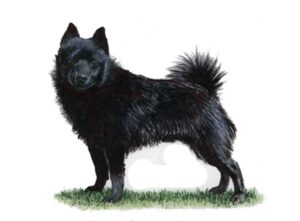
Copyright The Kennel Club Ltd.
Reproduced with their permission.
General Appearance
Small, cobby, active dog, with sharp foxy expression.
Characteristic
Intensely lively and alert.
Temperament
Amenable, intelligent and faithful.
Head and Skull
Skull not round, but fairly broad, flat, with little stop. Muzzle moderate in length, fine but not weak, well filled under eyes. Nose black and small.
Eyes
Dark brown, more oval than round, not full; bright, most expressive.
Ears
Moderate length, not too broad at base, tapering to a point. Carried stiffly erect and strong enough not to be bent otherwise than lengthways.
Mouth
Jaws strong, with perfect, regular and complete scissor bite, i.e. upper teeth closely overlapping lower teeth and set square to the jaws.
Neck
Strong and full, rather short, set broad on shoulders, slightly arched.
Forequarters
Shoulders muscular and sloping. Legs perfectly straight, well under the body, bone in proportion to the body.
Body
Chest broad and deep in brisket. Back short, straight and strong. Loins powerful, well drawn up from brisket.
Hindquarters
Lighter compared with forequarters; muscular and well developed thighs, well rounded rump. Legs strong, muscular, hocks well let down.
Feet
Small, cat-like, and standing well on the toes.
Tail
Tail Previously customary docked. May be born tailless or with partial length or full tail.
Docked – very short.
Naturally tailless – no discernible tail.
Undocked – full length tail tightly curled, carried over the back, well covered with hair.
Fully coated partial length tail permissible but not desirable.
Gait/Movement
Short, brisk stride, moving true fore and aft.
Coat
Abundant, dense and harsh; smooth on head, ears and legs; lying close on back and side; erect and thick round neck, forming a mane and frill; with good culottes on the back of thighs.
Colour
Usually black but other whole colours permissible.
Size
Weight about 5.5-7.5 kgs (12-16 lbs).
Faults
Any departure from the foregoing points should be considered a fault and the seriousness with which the fault should be regarded should be in exact proportion to its degree and its effect upon the health and welfare of the dog.
Note
Male animals should have two apparently normal testicles fully descended into the scrotum.